#Ancient Egypt
Text
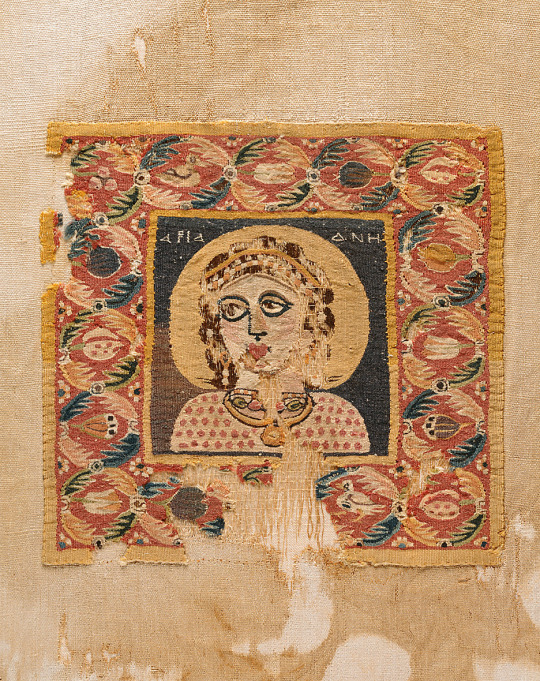

~ Ariadne and Dionysus.
Period: Late Roman/Late Antiquity
Date: A.D. 3rd-5th century
Place of origin: Achmim, Egypt
Medium: Wool on linen, colored knitting
#ancient#ancient art#history#museum#archeology#ancient history#archaeology#wool#ariadne#Dionysus#Achmim#Egyptian#Egypt#ancient egypt#3rd century#5th century
308 notes
·
View notes
Text

Ushabti for the commander of the Royal Fleet, Egypt, 26th Dynasty, 664-525 BC
from Hermann Historica
117 notes
·
View notes
Text
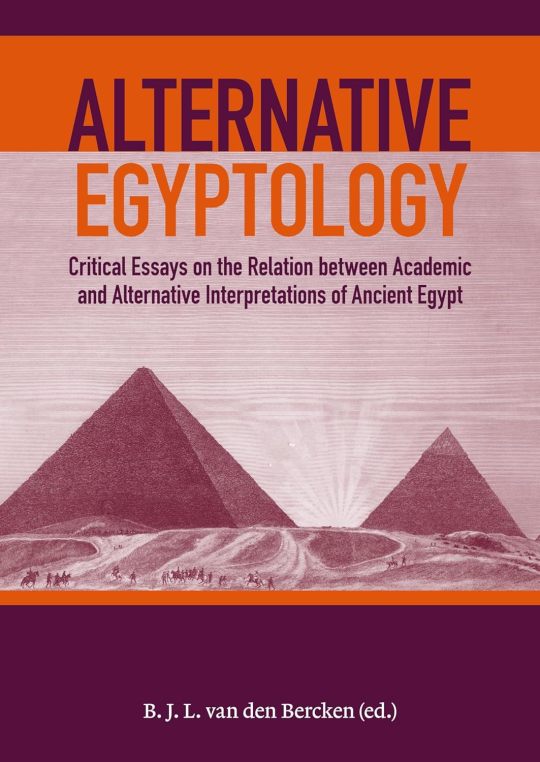
"From a mummy on board the Titanic to the pyramids’ alignment with the stars, from psychoactive mushrooms to the lost realm of Atlantis: alternative interpretations of ancient Egypt, often summarized as ‘alternative Egyptology’, have always focused on subjects that others shunned. Ever since the birth of scholarly Egyptology with the decipherment of the hieroglyphic script two hundred years ago, alternative interpretations and imaginative theories have flourished alongside it. They intertwined with egalitarian and spiritual tendencies in society during the nineteenth and early twentieth centuries, when ancient Egypt inspired countless mediums, artists, and movements from freemasonry to the Hermetic Order of the Golden Dawn. More recently alternative interpretations have inspired comic-book authors and nationalist Chinese bloggers.
It would be a mistake, however, for academics to simply view these alternative theories as fantasies that are best ignored. Their lasting popular impact needs to be assessed and (publicly) addressed by Egyptology, but they may in fact also open up fresh perspectives for research. The contributors to this volume critically explore various aspects of ‘alternative Egyptology’, assessing its impact on society and scholarship, and finding ways for Egyptology to relate to it."
— Alternative Egyptology: Critical essays on the relation between academic and alternative interpretations of ancient Egypt, by Ben van den Bercken
51 notes
·
View notes
Text
On a yellow coffin, a black scarab with black wings lifts a pale green sundisc. Below is a frieze of black upside-down lotuses. To left and right stand two images of Osiris, green-skinned, wearing green white crowns.
Where: Egyptian Museum Cairo
When: Third Intermediate Period
20 notes
·
View notes
Text
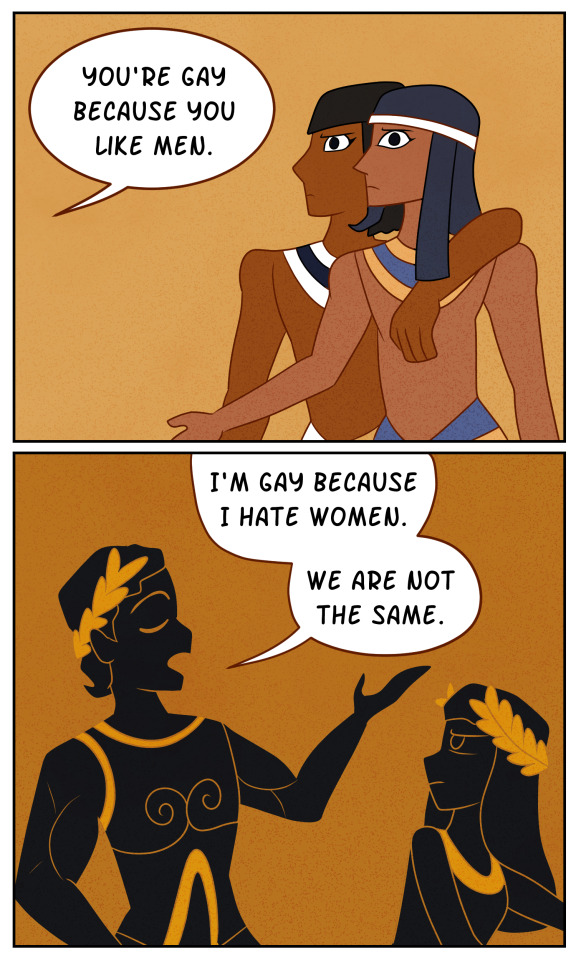
This seems to be what I've learned.
180K notes
·
View notes
Text
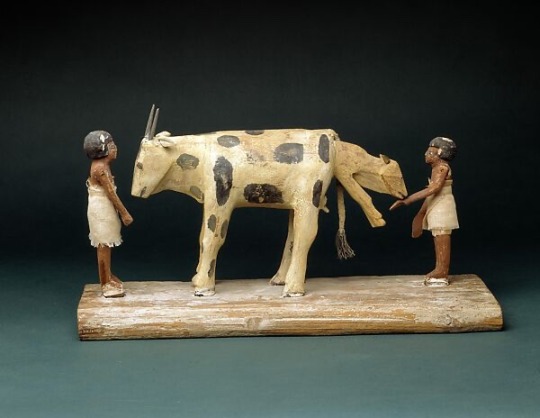
I can’t tell you how much I love this artwork from ancient Egypt (the Middle Kingdom). People have been raising cattle and practicing animal husbandry for so long, that there is something almost inherently human about this scene.
Everyone in the field of veterinary medicine or agriculture knows the feeling of staying up late with a laboring animal trying to make sure both mom and baby are okay. Delivering a calf is often physically and emotionally exhausting work that takes enormous patience and learned skill. It requires a unique balance of physical strength and gentleness to do correctly. There is no feeling quite like getting that baby out and everyone is okay. I’m certain ancient people must have felt the same way, and I wonder if the artist knew this feeling firsthand. I wonder if those humans depicted were people the artist knew, if the cow and calf maybe were as well.
17K notes
·
View notes
Text
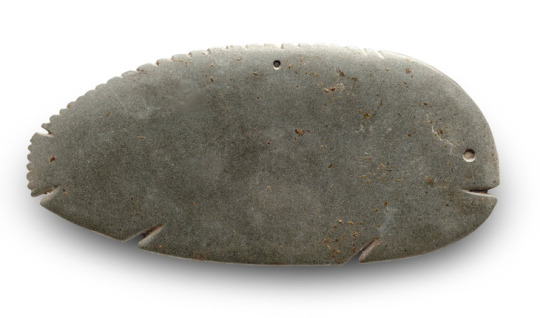



:) ancient egyptian greywacke fish
#:))))#it is impossible to look at these guys w/o a tiny spark of joy#field notes#ancient egypt#fish
10K notes
·
View notes
Text
WELL, WHO WOULD'A THUNK IT, THE GAME OF THE YEAR IS SENET, A GAME THAT ORIGINATED IN ANCIENT EGYPT 5000 YEARS AGO AND IS WIDELY RECOGNIZED AS THE OLDEST KNOWN BOARD GAME IN THE WORLD

WHAT A THRILLING GAME AWARDS (2023)
9K notes
·
View notes
Photo



It doesn’t look that exciting, but this linen is from the New Kingdom (ca. 1492–1473 B.C.)
Thinking about it for too long makes me feel absolutely insane.
24K notes
·
View notes
Text
Something must be wrong with me, I haven't talked about the beadnet dress in forever.
It consists of seven thousand faience beads in blue green and blue to imitate turquoise and lapis lazuli. It is 4600 years old (the threading is modern, but the beads were found in their original pattern so this reconstruction is as accurate as it can be). It is one of the most gorgeous garments in existence and was owned by a woman who was a contemporary of king Khufu.

The dress was found in her tomb in Giza, known as Tomb G 7440 Z, and it's the earliest known garment of this type.
#faience#faience friday#ancient egypt#faience beadwork garments in general are the shit#i'll post senebtisy's garments next week
23K notes
·
View notes
Text
The Roman Pharaohs of Ancient Egypt
In ancient history the pharaoh was the head of state and ruler of the country. However, he was not just a secular ruler, but a divine being on Earth who acted as an intermediary between the spiritual world and the earthly world. In essence he was a mortal representative of the gods. Interestingly, one did not have to be an Egyptian to be an Egyptian pharaoh. The act of conquering and ruling Egypt qualified one to be a pharaoh. As a result there were many foreign pharaohs throughout Egyptian history including those who were Persian, Nubian, Libyan, Hyksos, Kushite, and Macedonian Greek.
In 30 BC Cleopatra VII became the last ruler of Egypt from the Macedonian Greek Ptolemaic Dynasty. Cleopatra had backed the losing side of a Roman civil war, opposing Octavian and supporting Marc Antony. Octavian won, she was deposed, she committed suicide, and Egypt became a Roman province. When Octavian became Augustus and founded the Roman Empire, the Egyptians also recognized him as the official Pharaoh of Egypt. Afterwards successive Roman emperors were also declared pharaohs, until around the 4th century when Christianity became the dominant religion in Egypt.
Truth be told, most if not all Roman emperors didn't give a damn about being pharaohs. Most emperors never even stepped foot in Egypt and it didn't seem like they took their role as pharaoh very seriously. Regardless Egyptian iconography and art was crafted depicting Roman emperors in Egyptian style wearing Egyptian royal regalia and interacting with Egyptian gods. Some interesting examples are...
Gigachad Pharaoh Augustus

Tiberius

Nero
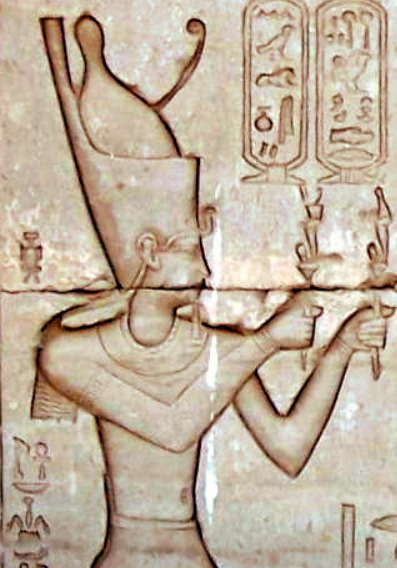
Nero again

Trajan making sacrifices to Hathor
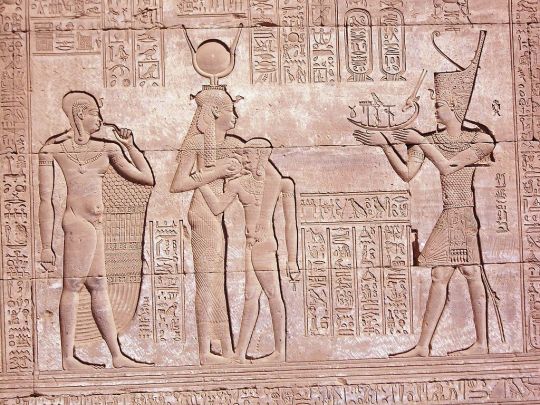
Domitian

Domitian with Horus
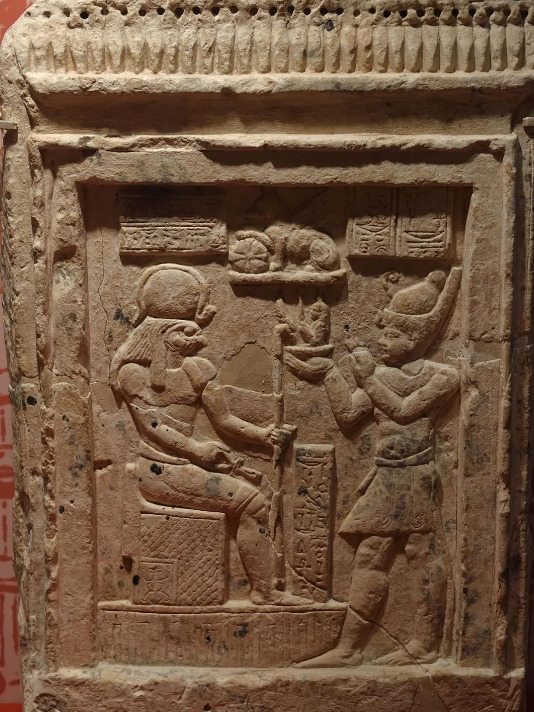
Caracalla
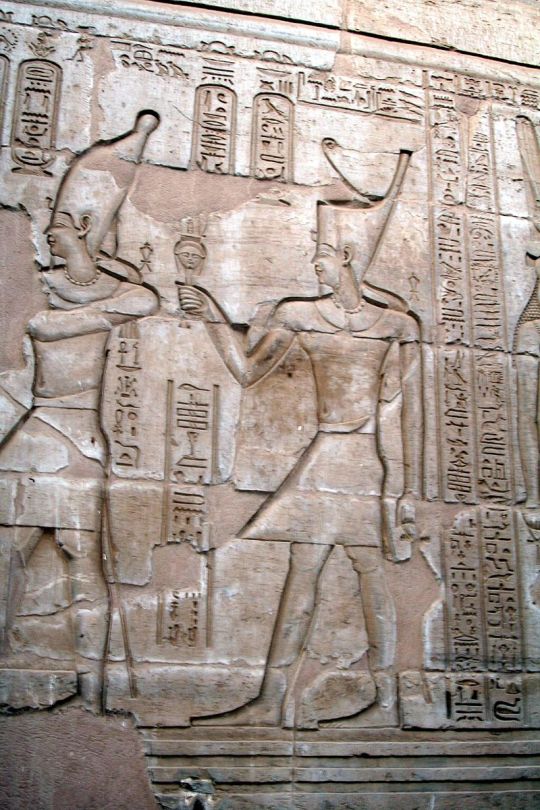
Marcus Aurelius

90 notes
·
View notes
Text

A kooky fly-shaped clay vessel (15th Dynasty)
With its realistic representation of a fly, it includes large eyes, wings, and legs that resemble hands
#art#lol#weird#archaeology#ancient#ancient art#egyptian art#egypt#egyptology#ancient egypt#clay#clay art#kemetic#ancient kemet#kemet
8K notes
·
View notes
Text
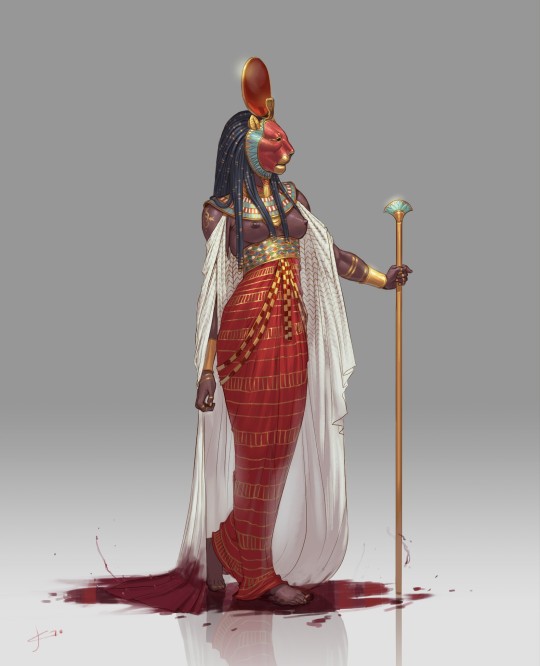
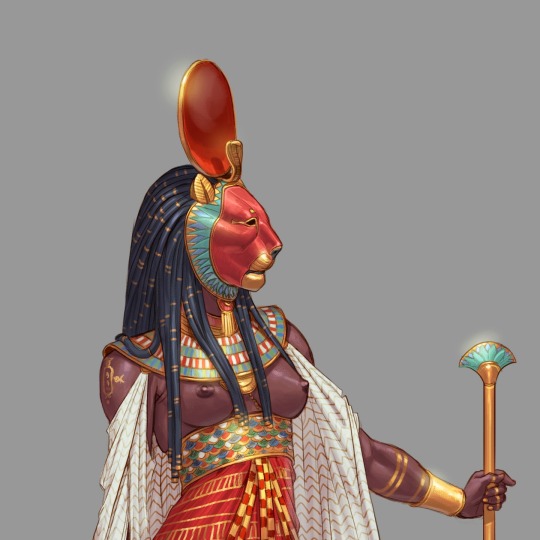
SEKHMET
First born of Ra. She was the lion goddess of war and vengeance. Also from disease and medicine. She was a symbol of strength and power, and it was said that her breath created the desert.
#art#drawing#illustration#sketch#design#gay art#concept art#comics#mythology#sekhmet#egypt#ancient history#ancient egypt#egyptian mythology#Egypt#ra#desert#goddess#egyptian gods#lion#lioness#digital portrait#digital drawing#digital painting#digital art#my art#my artwork#artists on tumblr#fantasy art#fantasy
5K notes
·
View notes
Video
The Tomb of Sennefer is one of the most preserved and beautifully decorated tombs ever found in Egypt. Known as The Tomb of the Vineyards, it’s covered in colors and stories, and is buried deep in the mountain below 42 very steep steps.
15K notes
·
View notes
Text

Statue of Princess Takushit, c.670 BC
5K notes
·
View notes
Text
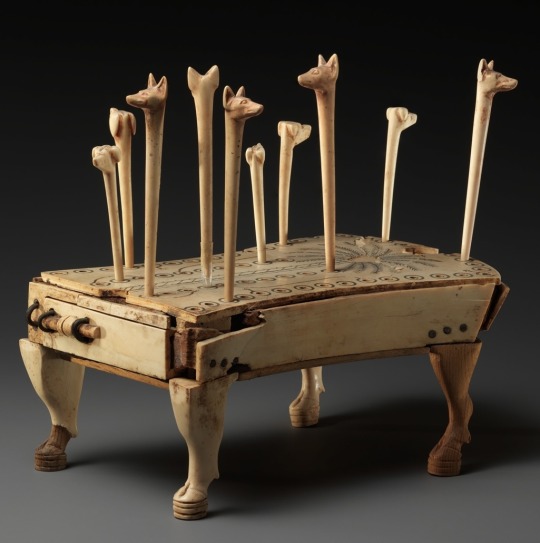
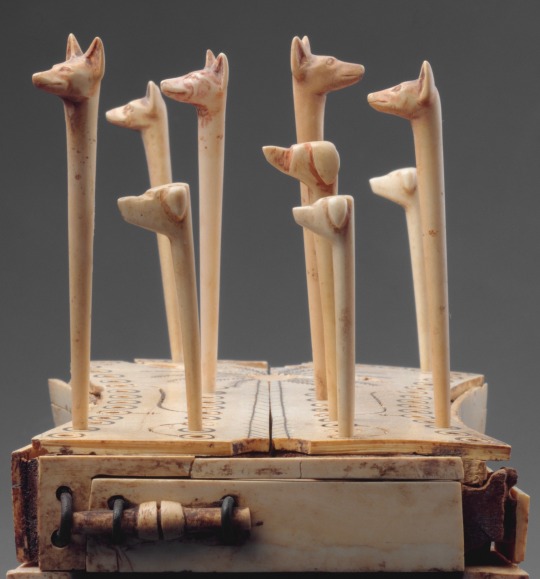
Egyptian
Game of Hounds and Jackals
Middle Kingdom, ca. 1814-1805 B.C.E.
#egyptian art#ancient egypt#ancient art#hounds and jackals#ancient history#artifact#antiquities#ancient people#ancient culture#egyptian history#egyptian culture#board games#chess#aesthetic#beauty#art history#aesthetictumblr#tumblraesthetic#tumblrpic#tumblrpictures#tumblr art#tumblrstyle#artists on tumblr#ancient artifacts
4K notes
·
View notes
